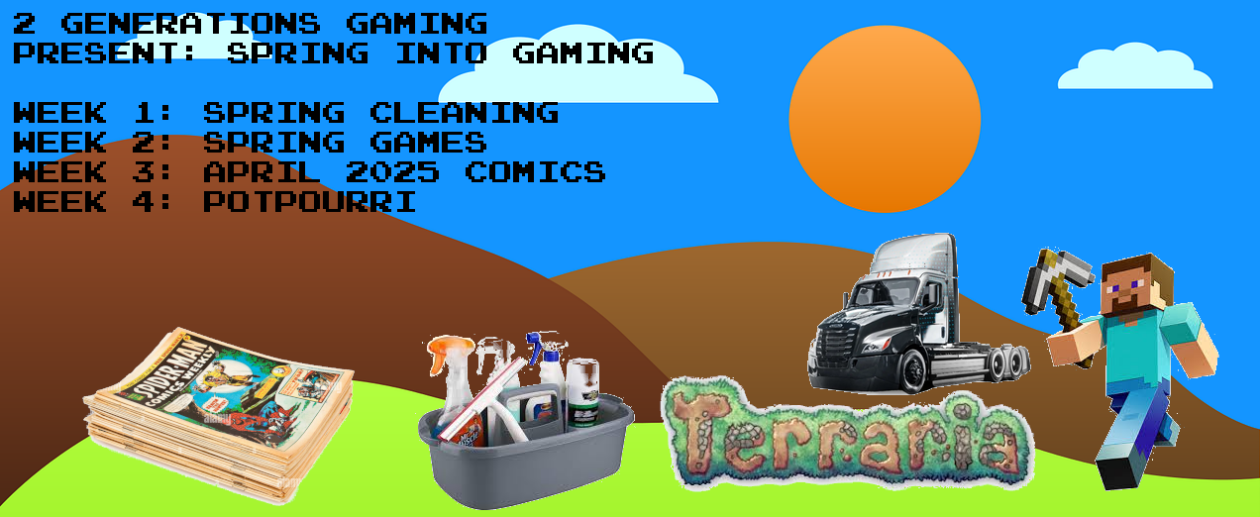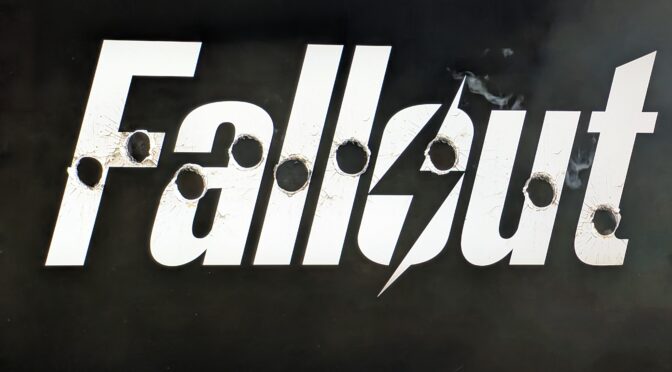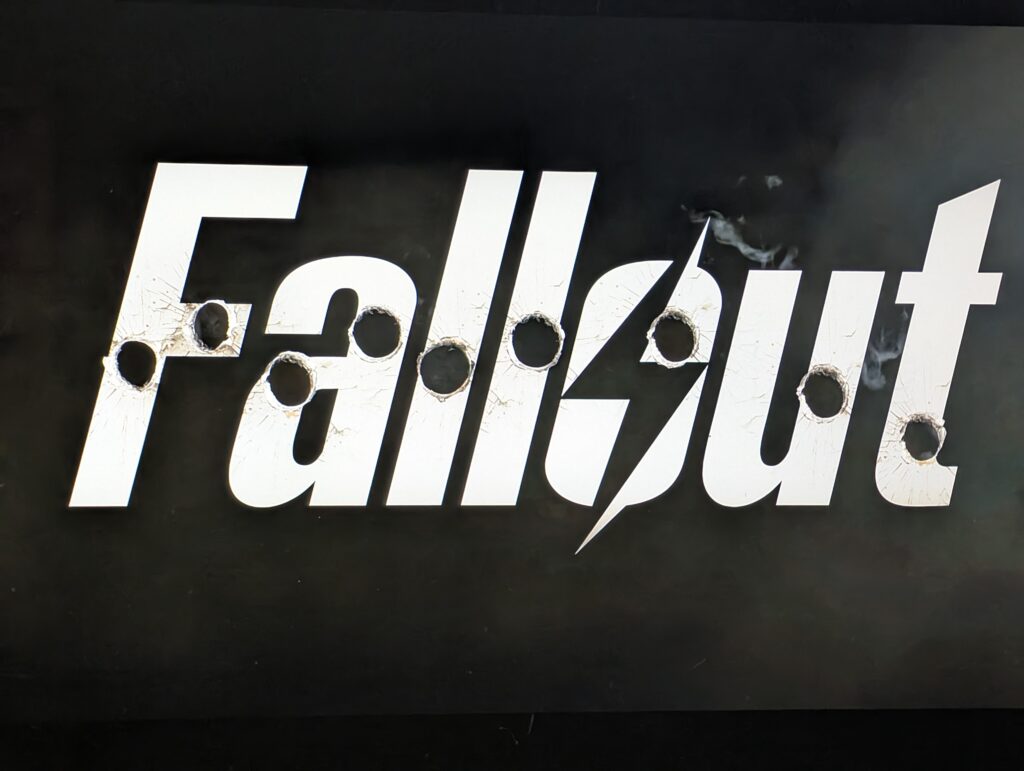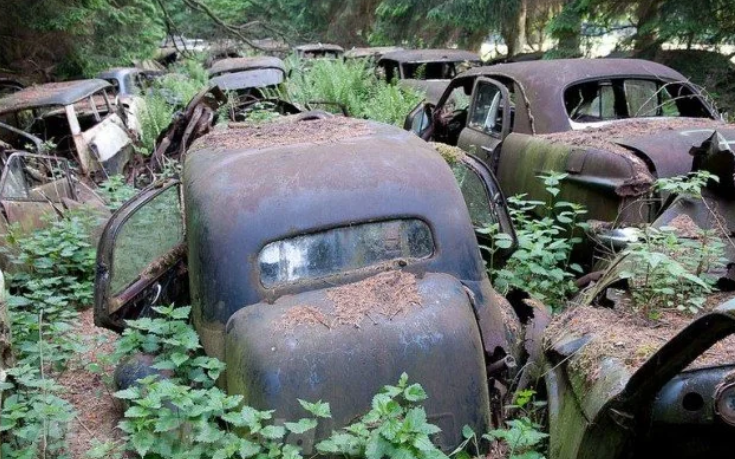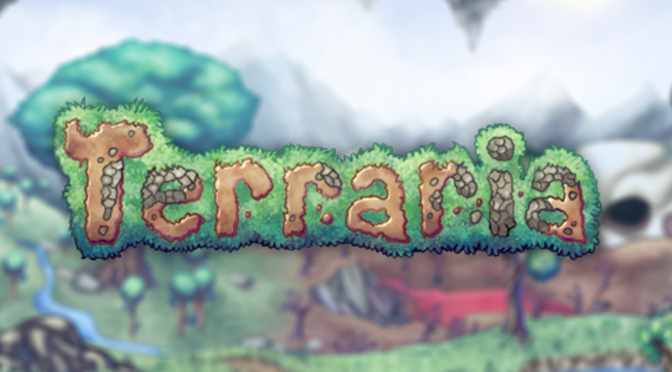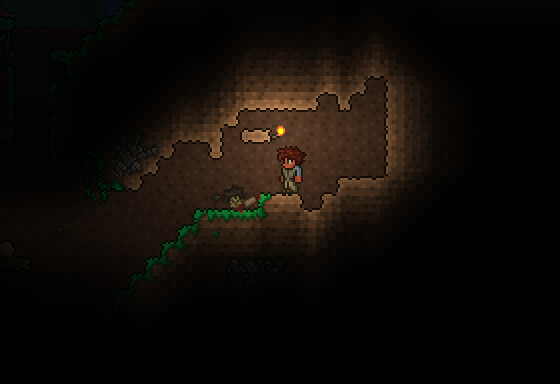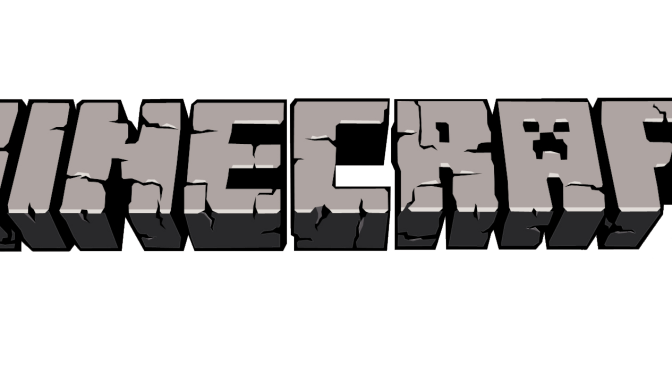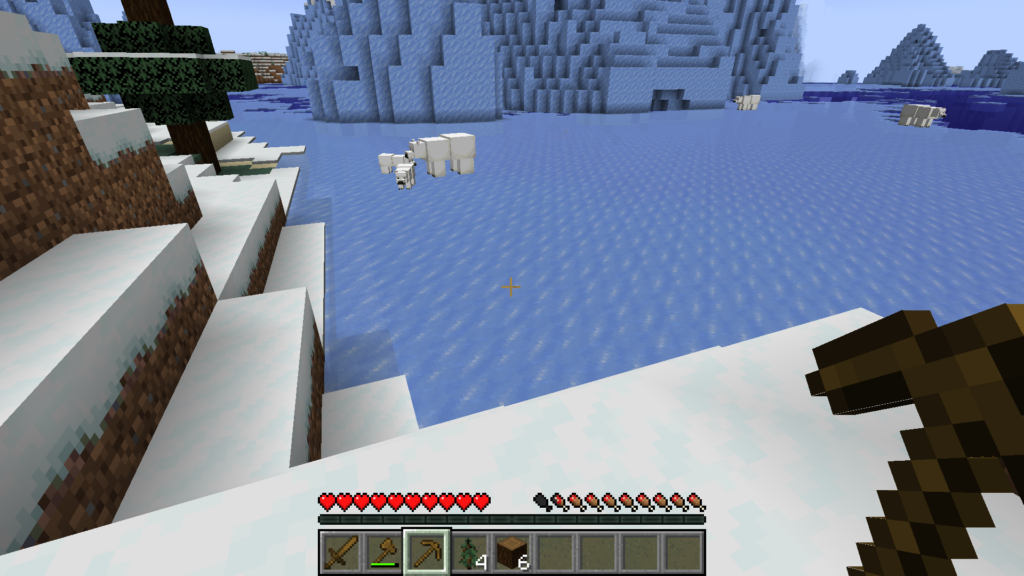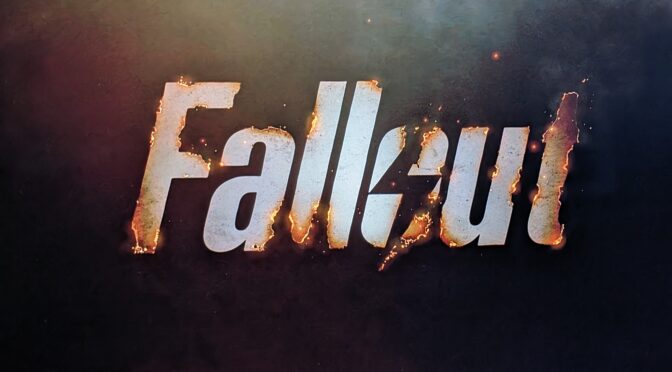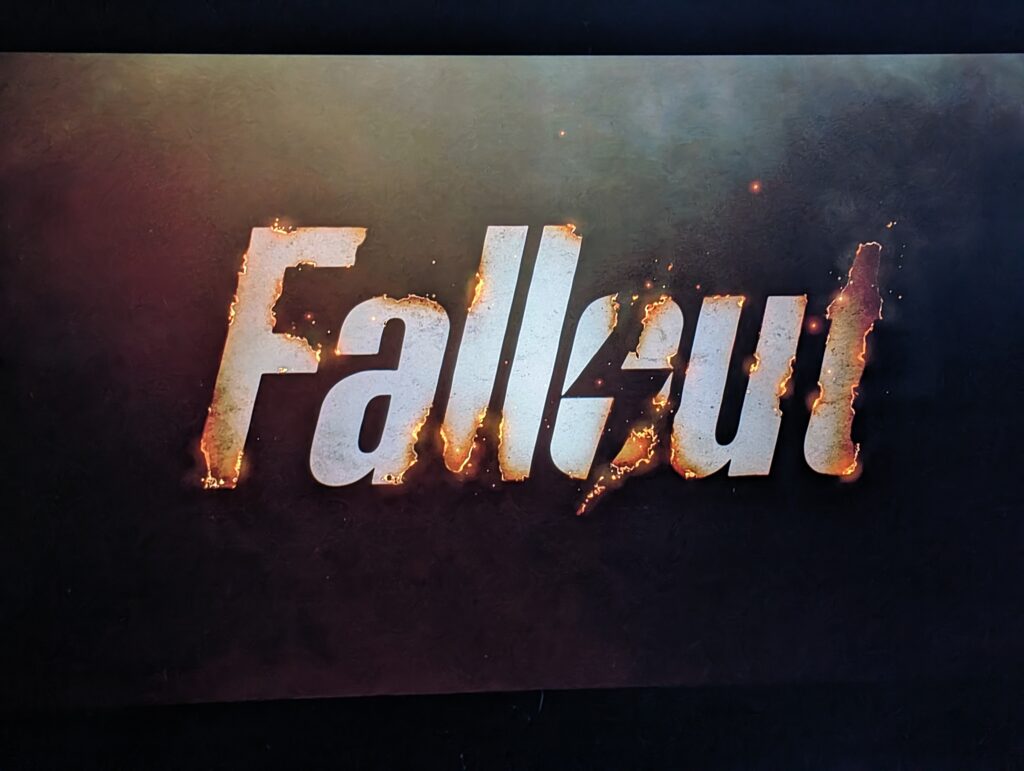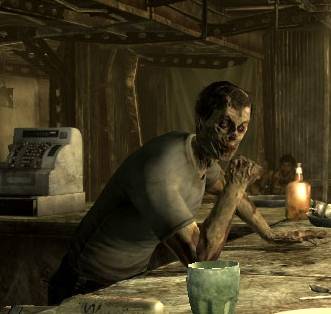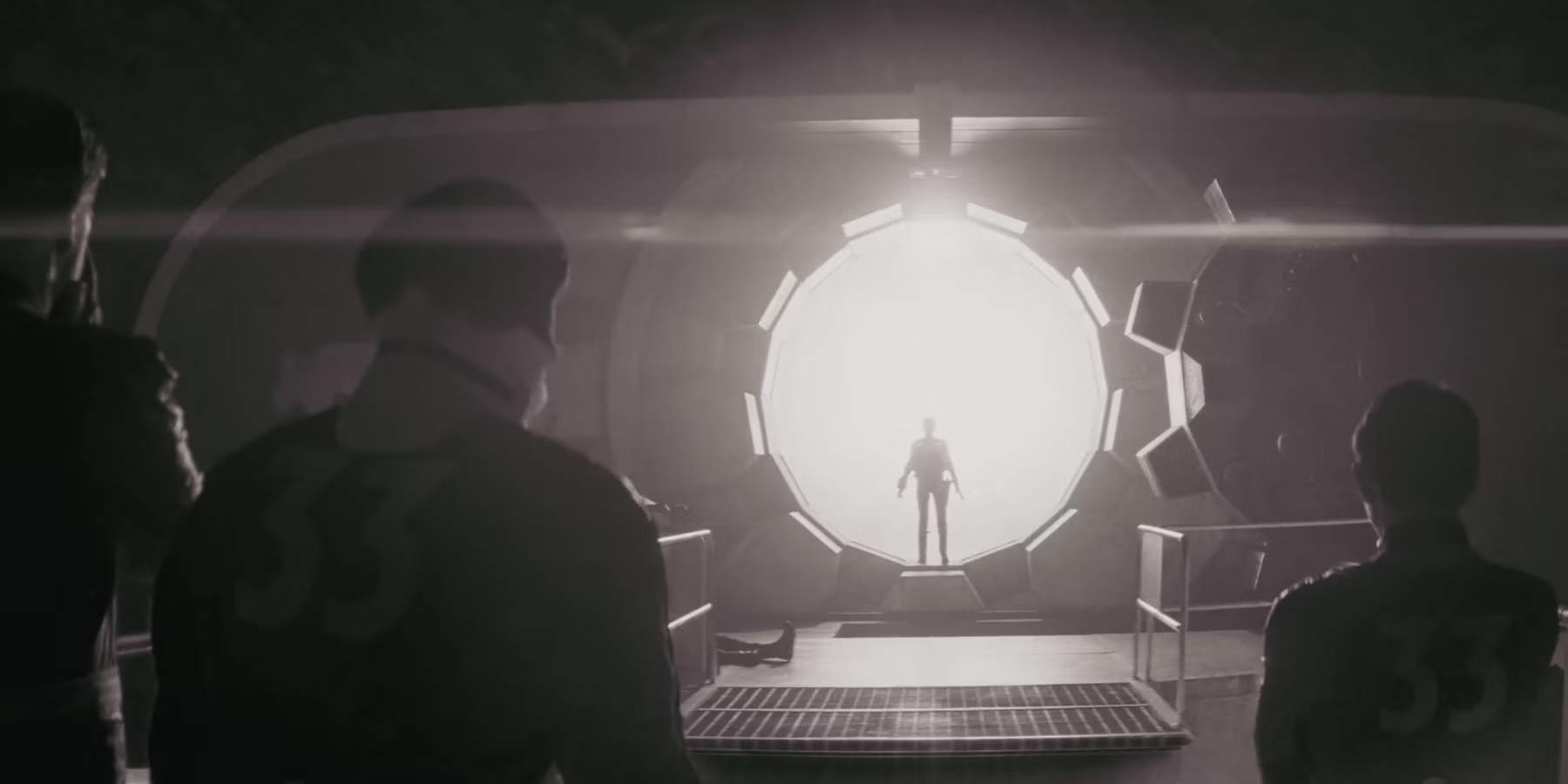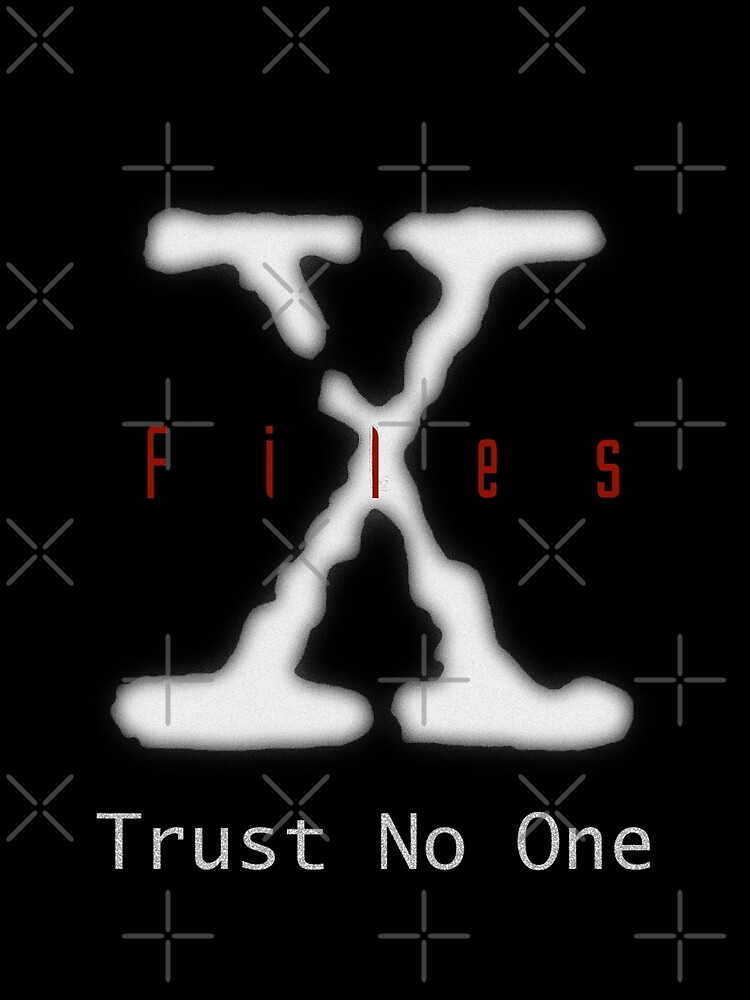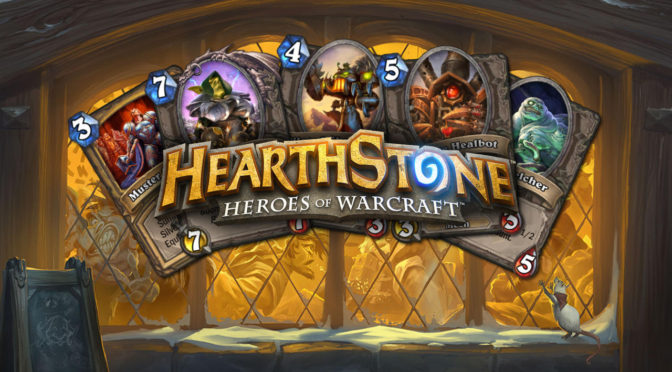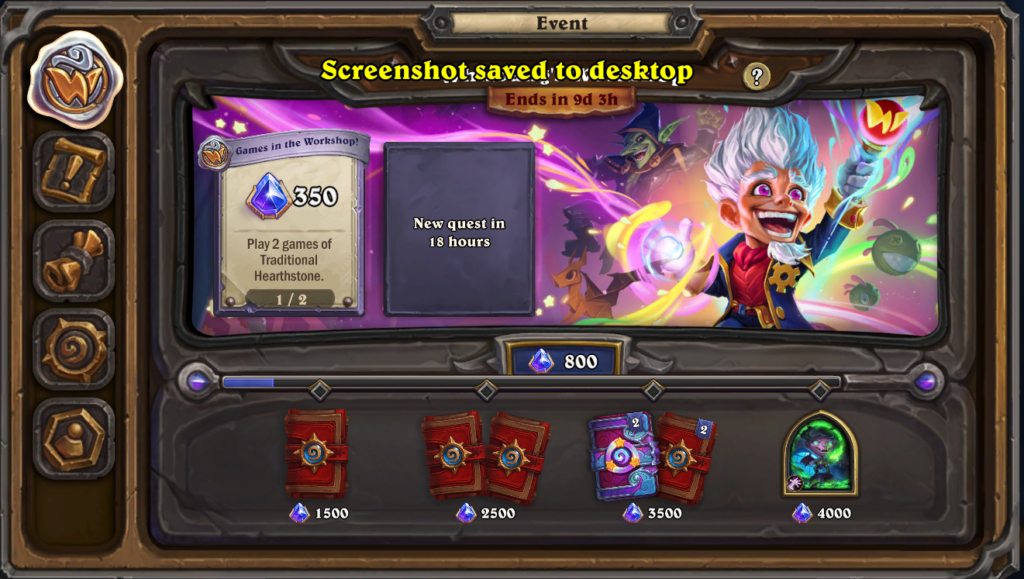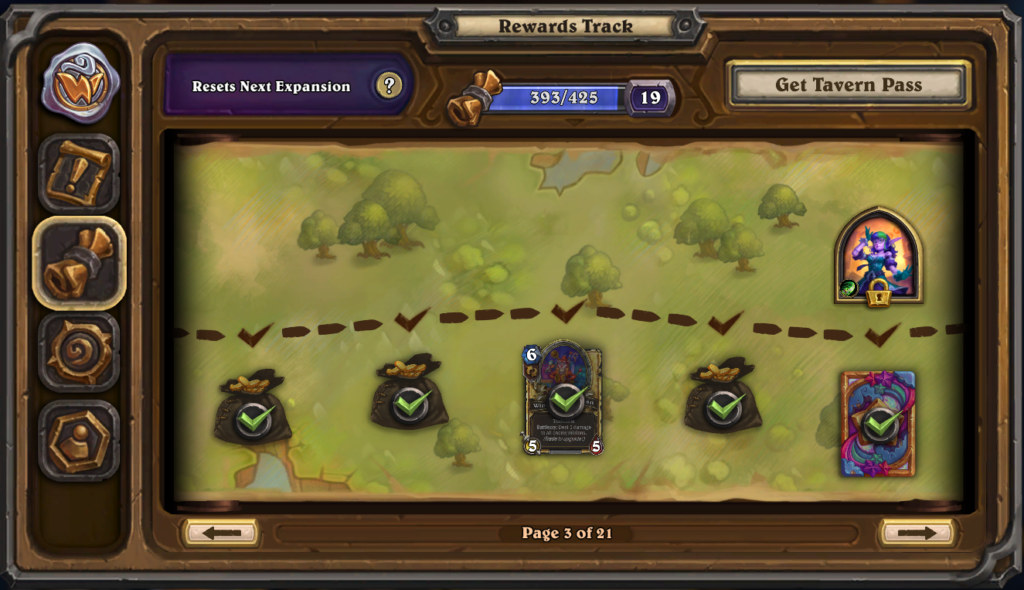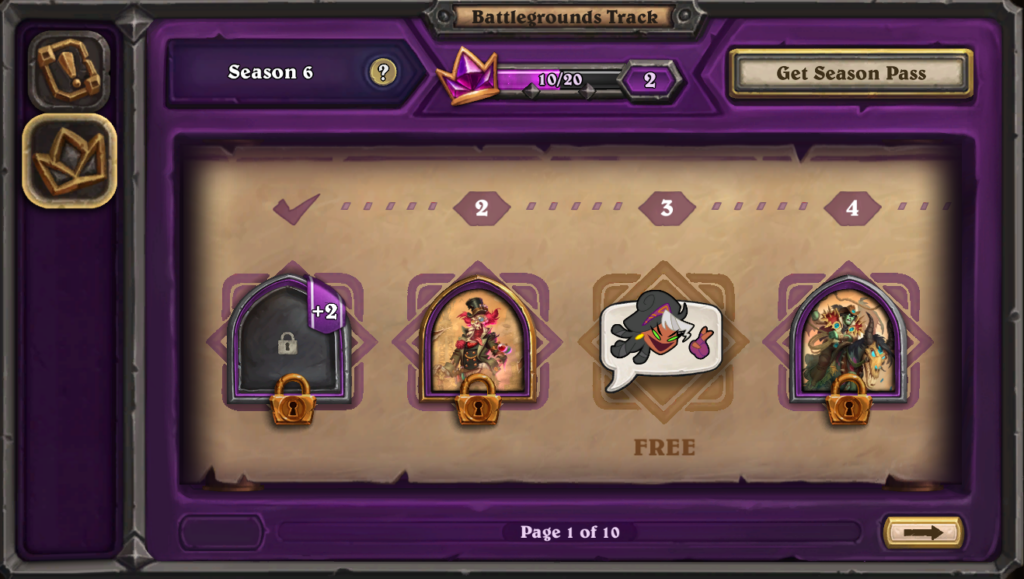Introduction
As mentioned previously, the new show inspired me to plan a week of Fallout as a celebration. However, as it often does, my ambition grew. I now plan to celebrate Fallout for an entire month in June. It fits nicely between Mario in May and Deadpool Kills 2 Generations Gaming in July. As an indirect result, I plan to cover one episode a week in depth. This time, Fallout episode 2.
Plot Summary and Analysis
Click here for the plot summary.
With some of the background and introduction of new characters behind us, this episode hits the ground running. One of the things I love most about modern Fallout games is the NPCs. You meet such a wide variety of kooks and weirdos on your journey across the Wasteland. Some of them, somehow, retain their humanity (and I’m not just talking about the ghouls).
This episode gives you that feel of the games. When Lucy goes into the house through the window and find the family around the table with the cyanide and tea, I saw myself in the game, frantically searching the cabinets and drawers for any supplies that somehow escaped the post war looting. Then, she stumbles upon the water farmer and one of the lessons of the Wasteland is revealed. Always approach strangers with your gun pulled. Don’t necessarily shoot first, but definitely draw first.
Likewise, Maximus stumbles upon a “not what it seems” scenario and, like many of us, has no idea how to process what he just heard. Where the episode really makes strides, though, is in Filly. All of the principals are there. The sequence where the ghoul lays waste to the entire town in record time reminded me more of Red Dead Redemption than Fallout, but it was still a heck of a sequence. Also, the shootings remind me very much of VATS from the games.
They make good use of several plot devices in this one. They introduce us to a new plot surrounding Lucy, Moldaver, her dad, and whatever is in Wilzig’s head. Wilzig drops another bomb and gives us a cliffhanger to get us to the next few episodes when he says Lucy’s name. I like their choice to follow up the first expository episode with one more action oriented.
Character Profiles
Wilzig and CX404: I’m bummed that they killed Wilzig so early in the season. I like his character a lot. His quiet demeanor with an edge of harsh truth reminds me very much of me. But, with the liberal use of flashbacks and other recall narratives, I have a feeling we haven’t seen the last of him. CX404’s fierce loyalty to anyone willing to show him some love warms me. You just can’t beat unconditional love like that.
Lucy: Lucy grows up a little bit in the Wasteland. She recognizes that nearly everything can pose a threat by the time she gets to the farmers house. She still falls into old habits, though, when confronting the ghoul and gives him a speech that, under many circumstances, probably never would have ended because he’d put a bullet between her eyes. But, she’s a main character, so I know she can’t die.
Maximus: Max, too, still believes in right and wrong. He judges Titus through that lens and finds him lacking. Then, when he ends up in Filly, he finds out that the armor doesn’t mean shit if you don’t know how to use it and the other person doesn’t just cower before you. He holds his own against The Ghoul, but then his opponent eventually finds a weakness and exploits it mercilessly.
The Ghoul: The Ghoul, likewise, gets some more dimension. He spares Lucy (possibly underestimating her a bit) and heals the dog after it is left for dead by the other party. They get the antihero right where a lot of other writers don’t. Yes, he’s possibly an immoral killer. But, you can argue that’s a byproduct of his ghoulification and surroundings. Underneath that is a good man screwed over by life and the world. And, they are the most dangerous of all.
World Building and Setting
When they set the first episode mainly in a vault, they made the vault look very much like one from the game. Now that they moved out into the Wasteland, it would be easy to get away from that and make it a little more generic dystopian hellscape. Not so. As I already said, the house that Lucy finds looks very much like a house from the game. And the placement of the family that took their cyanide pills is a nice touch that immerses you even more in the horrors of the bomb.
Being less of a Fallout fan than some of you, Filly reminded me of Megaton. I’ve only played Fallout 3 with any sort of regularity. So, that’s the only reference I have. But, the haphazardly thrown together bits from a post apocalyptic world to protect your town from the horrors outside looked like anything I’ve seen in game, too. When they set out to make this show, they did their work.
In the last article, I wondered about the blown up cars that you often see when you’re making your way through the Wasteland. Well, they didn’t disappoint in this episode and gave me an entire graveyard outside of Filly. I know I sound like a broken record, but it’s those little touches that make the show enjoyable to watch.
Themes and Social Commentary
Less of this in Fallout Episode 2. But, they give us a chance to think about morality in several of the situations. Most notably, Maximus’s decision to let Titus die because he feels that the knight doesn’t adhere properly to the Brotherhood’s code. Titus, for what it’s worth, also has a point that the Brotherhood sends them out, possibly to die. And for what? A damn toaster oven? All of that crap about making the Wasteland a better place for all and they’re basically post apocalyptic pirates plundering the left over technology from already desperate people.
Also, WIlzig’s speech to Lucy resonated with me. He builds on what started as a joke. By telling her that she needs to adapt to her surroundings like the roaches did, he also warns her against letting the Wasteland change her too much. Like I wrote up above, she grows some, but holds true to herself and her principles when dealing with the ghoul.
Contrast that with The Ghoul. As I already wrote, he allowed what happened to him to change him on a fundamental level. He still retains some of his humanity, but it is buried much deeper and only surfaces momentarily when he helps the dog. I think that is important. Change is difficult and scary. It is also sometimes necessary. But, you have to be sure not to let the change affect who you are fundamentally as a person.
Narrative Structure, Pacing, and Soundtrack
Fallout Episode 2 lays off of the old timey music some. It’s still there and it still fits each scene very well. I think they took a look at the first episode’s music budget and said, “We need to cut some of this if we hope to get it to eight episodes.” Even so, they used stock “atmospheric” music in ways to drive the narrative forward.
I wrote in my previous article that I never felt bored at any time. While true, that episode focused mostly on character development. This episode moved much faster than that one. Because they focused on action and driving the plot forward, I liked this episode even more. It makes me want to watch even more. That’s just good storytelling and they accomplished their goal.
The Verdict
Last episode they set the characters and gave some background on them. In Fallout Episode 2, they brought them all together in explosive fashion. Like I just wrote, I want to watch even more now. I can’t wait until later on this week or early next week to sit down and watch the next one. Join me in the Wasteland.
